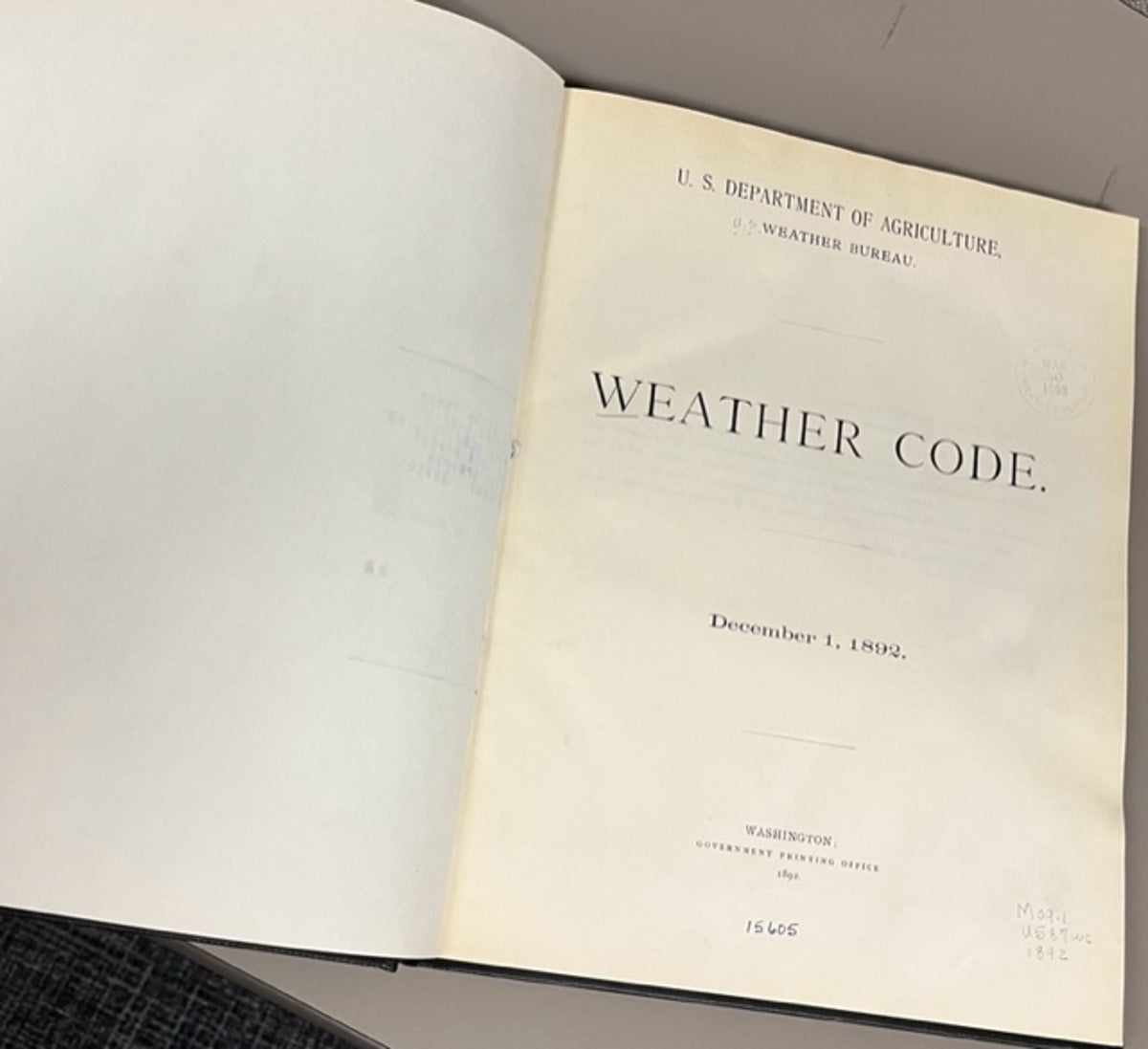
A secret code hidden inside a century-old vintage silk dress that had eluded cryptographers for a decade has finally been cracked, throwing some light on the identity of the woman who owned the attire in the 1880s.
The words “Bismark omit leafage buck bank,” “Calgary Cuba unguard confute duck fagan,” and “Spring wilderness lining one reading novice” were found written on a crumpled piece of paper that was concealed in a secret pocket of the vintage dress after it was bought in 2013 from an antique store in Maine, US.
There were also numbers between the lines as well as “time-like notes in the margin.”
The cryptic clues had remained unsolved ever since the owner, Sara Rivers Cofield, put the code up on a blog.
“I’m putting it up here in case there’s some decoding prodigy out there looking for a project,” she said.
The Silk Dress Cryptogram was recently listed on a popular cypher cracking blog as one of the world’s top 50 unsolvable codes.
Ruling out several theories, online cryptographers narrowed in on the possibility that it was likely a type of shorthand telegraphic code.
“Since telegraph companies charged by the number of words in a telegram, codes to compress a message to reduce the number of words became popular,” researcher Wayne Chan explained in a study on the code in 2022.
Citing an example, Dr Chan said a phrase like “The crew are all drunk” may have been substituted with the code word “CRIMPING.”
After going through over 150 telegraphic codebooks, he found hints to solve the cryptic message in an old book about the weather code used by the US Army Signal Corps.
“The cryptogram was found to be a telegraphic code used for transmitting weather observations by the US Army Signal Service and later by the US Weather Bureau,” Dr Chan wrote.
The book had some examples that seemed to look similar to the codewords from the dress.
Using a copy of a weather telegraph code book sent to him by the US National Ocean and Atmospheric Administration (NOAA), Dr Chan deduced that the cryptic messages in the dress were from Signal Service weather stations in the US and Canada.
Each line on the code, he found, indicated weather observations at a given location and time of day telegraphed into a central Signal Service office in Washington, DC.
The format of weather messages of the time started with the unencoded station location followed by codewords for temperature/pressure, dew point, precipitation/wind direction, cloud observations, and wind velocity/sunset observations.
So the words “Bismark, omit, leafage, buck, bank” was code for Bismarck in present-day North Dakota having an air temperature of 56 degrees Fahrenheit, a barometric pressure of 30.08 inHG (omit), a dew point of 32 degrees (leafage) on a clear day with no precipitation and wind from the north (buck) and clear sunset as well as a wind velocity of 12 miles per hour (bank).
“Code cracked! Mystery solved,” he said.
While the code has been cracked, the identity of the owner of the dress and why she had weather codes stuffed in a secret pocket remain a mystery.
The dress, likely a business-casual outfit of the time, had the word “Bennett” written on a label on the inside, but Dr Chan hasn’t been able to connect this name with a member of the clerical staff working with US Army Signal Service at DC.







